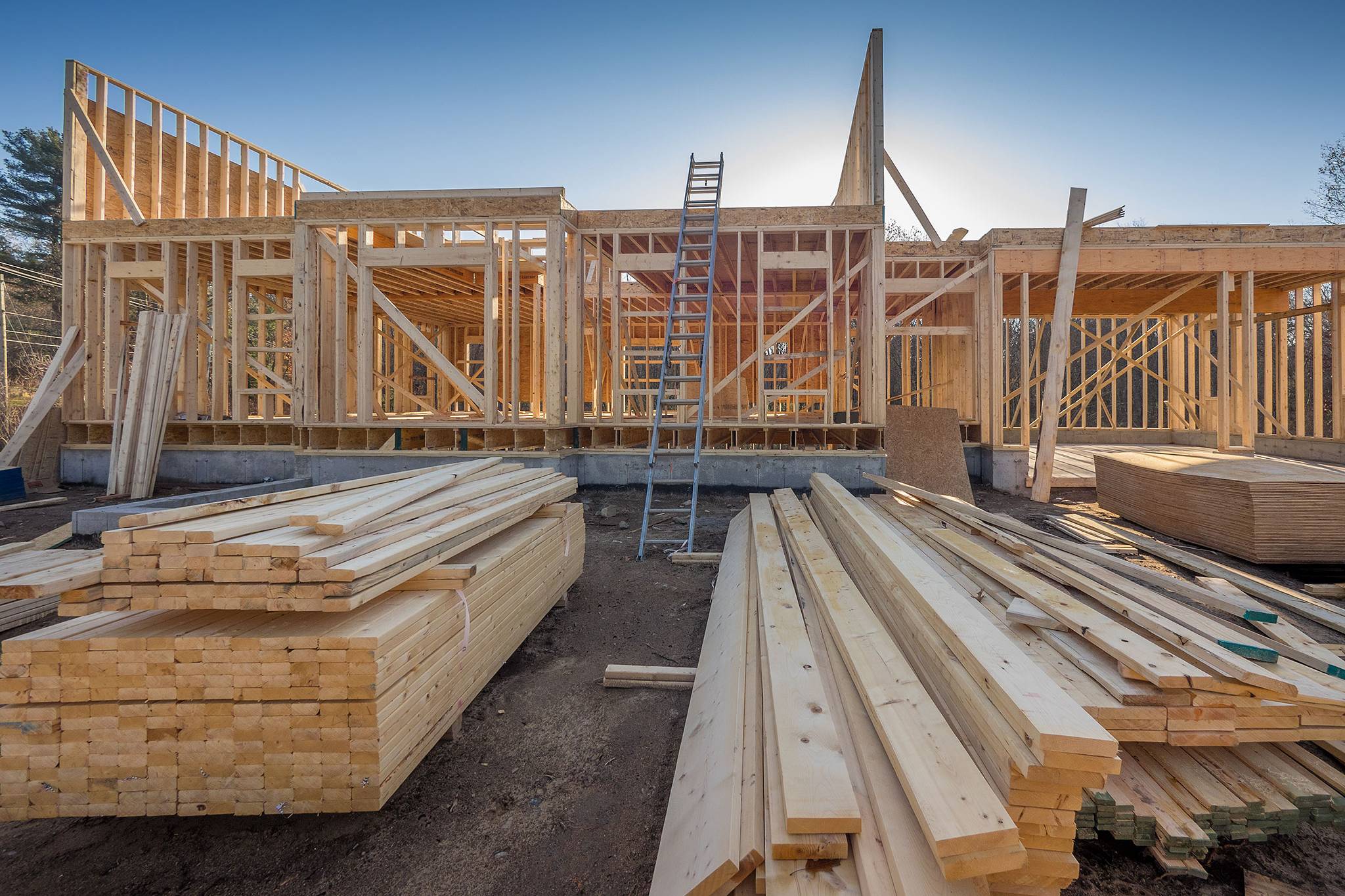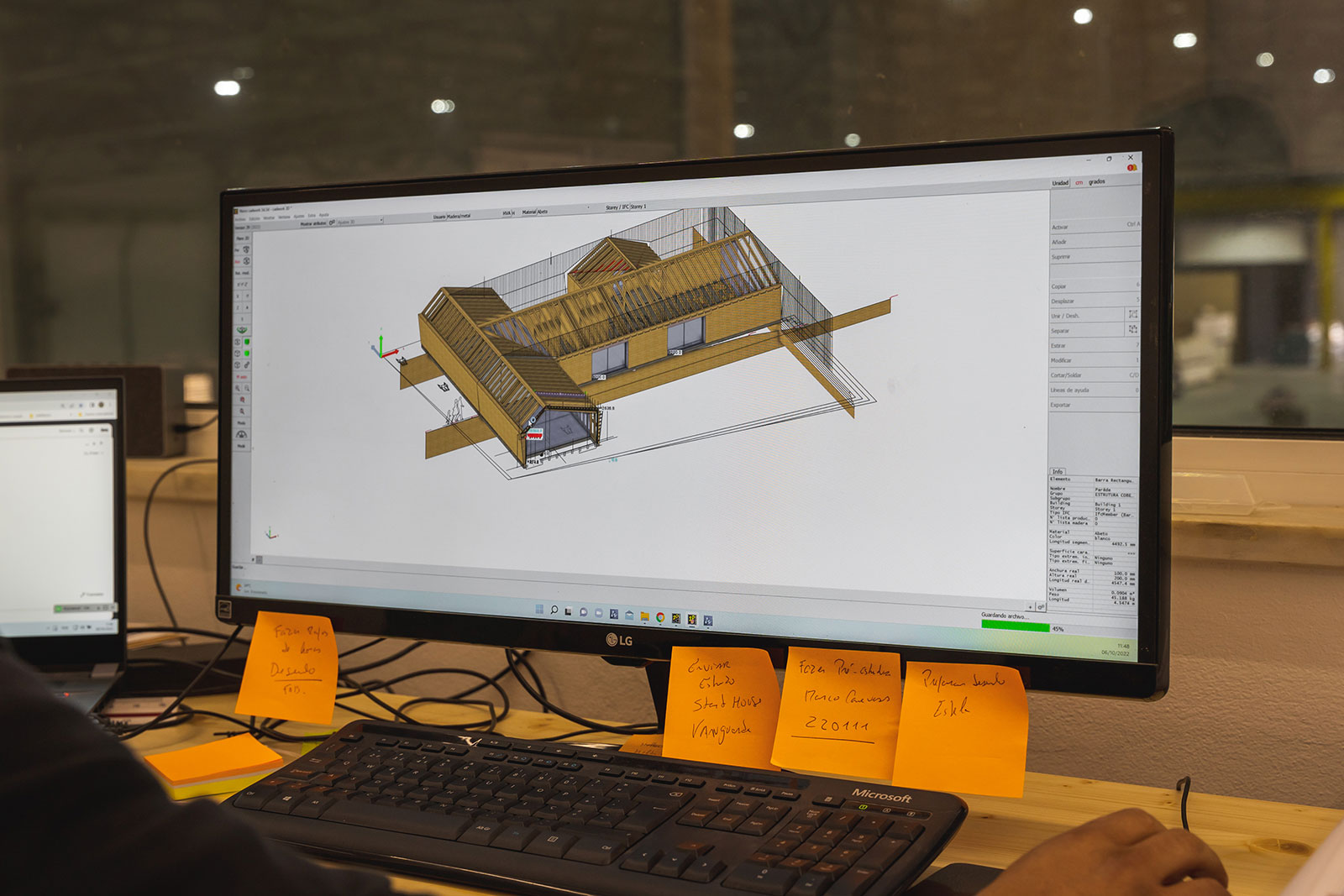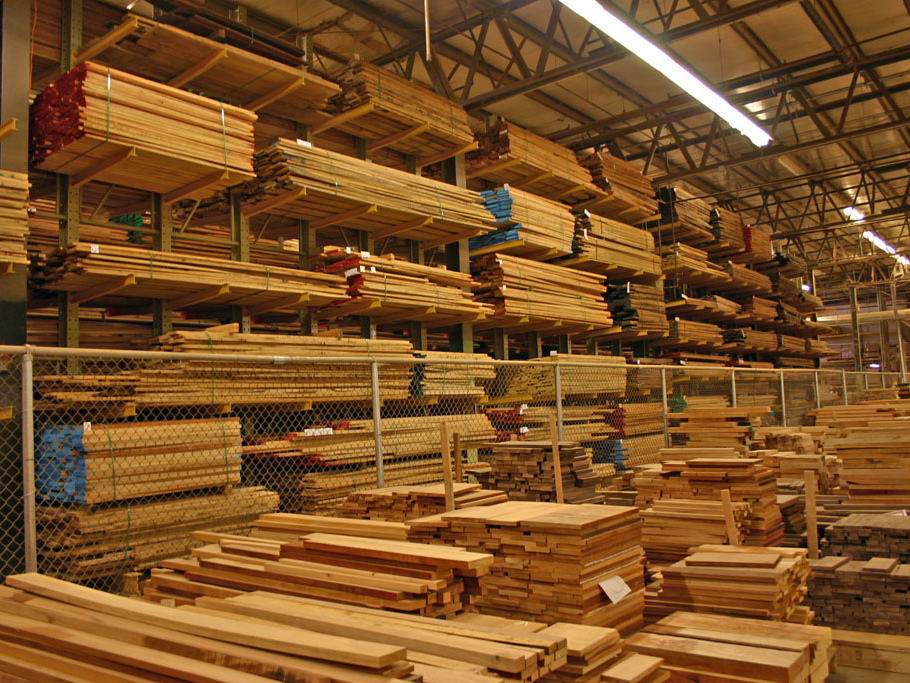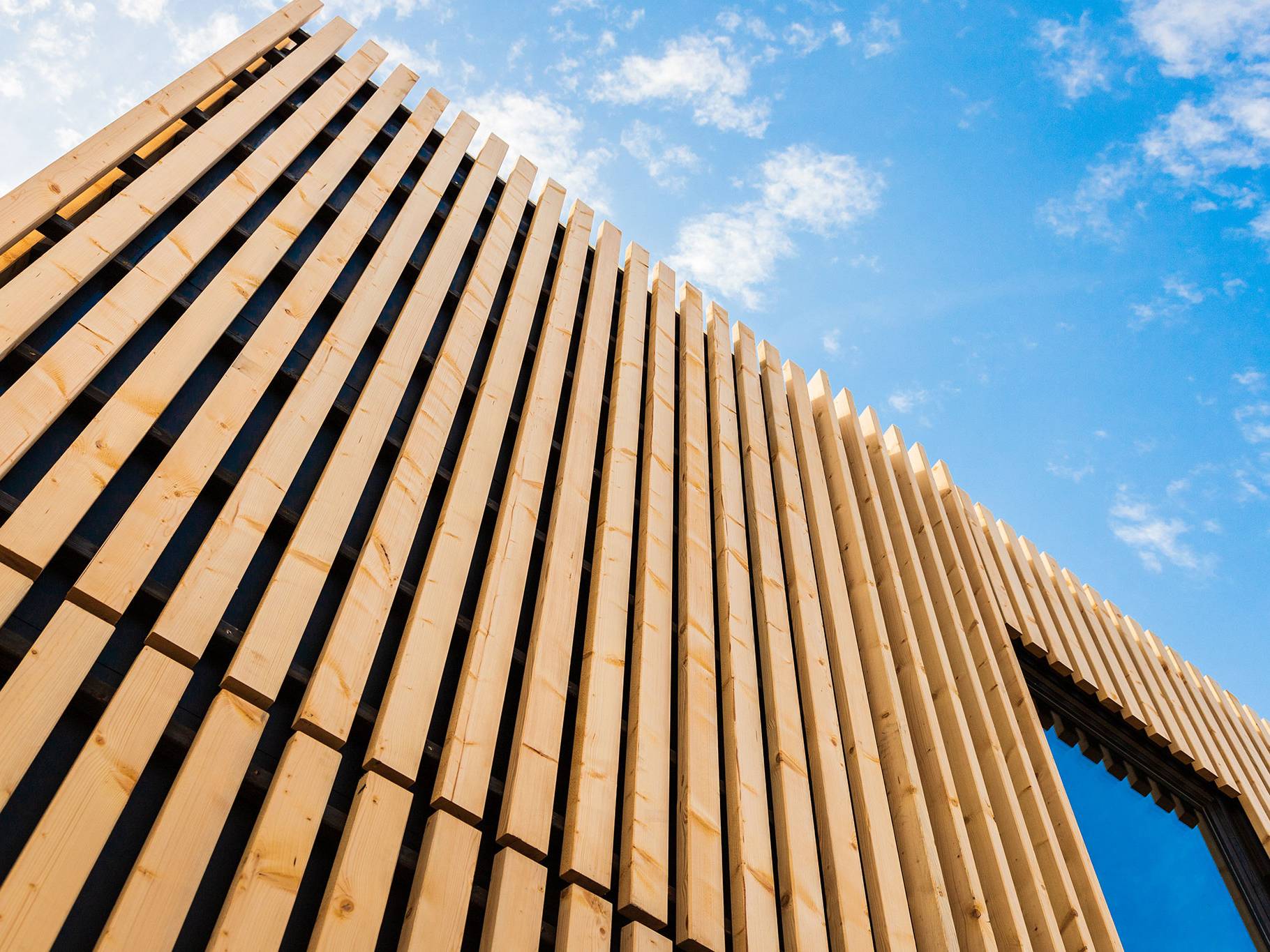Techniques of construction with wood
Techniques of construction with wood
The concept of prefabrication corresponds to members, parts or even entire buildings produced in a factory and transported to a construction site for fast installation. All the processes of the traditional construction industry, strongly affected by human errors or on-site difficulties and conditions, are substituted by efficient automated operations. Being a centralised process, off-site construction is faster, safer, more regulated and requires less coordination efforts, giving rise to higher productivity and better quality control. Therefore, its main benefit is enabling a controlled, precise and reliable process with less reworking (and less surprises). Apart from that, the increased centralisation and control is reflected in a reduction of the site’s disturbance and vehicle waste, reducing construction costs and mitigating greenhouse gas emissions.
As prefabricated buildings are progressively constructed in a faster, cheaper and more sustainable manner, more people can have access to high-quality housing, especially considering that the world’s population will increase by 2 billion people by 2050. However, in order not to repeat the mistakes of the past, it is crucial to make the most of the possibilities offered by digitalised and pre-designed construction. It is well-known that construction is a risky and expensive business which could limit innovation. But, by moving it into factories and incorporating digital technologies such as BIM, prefabricated buildings could be more experimental, innovative and respond with precision to changing needs and requirements. With innovations such as the Open Source software, the creative process could involve the clients, offering them a variety of customisable design selections, enabling projects to adapt to these different requirements.
Ultimately, prefabricated can cast away the “one size fits all” modular approach, enabling a more efficient and collaborative design – allowing for greater flexibility even in an industrial process. On the other hand, architects should adapt to these off-site methods, collaborating with the producers and focusing on aspects like urban planning, comfort and sustainability. As the housing shortage and climate crisis worsens, the rules that architecture must adopt are clear: projects should be built more rapidly, in a more intelligent way, more green and with higher adaptability.

Related Articles
UncategorizedConstruction with Wood
Engineered Wood Market Size & Share Analysis
Government has introduced a statutory tree and woodland cover target which commits to increasing…
Why Choose Wood?Construction with Wood
Timber in construction roadmap
Government has introduced a statutory tree and woodland cover target which commits to increasing…
Durability of construction with wood
The durability of a timber construction can be high. There are examples of wooden churches…



